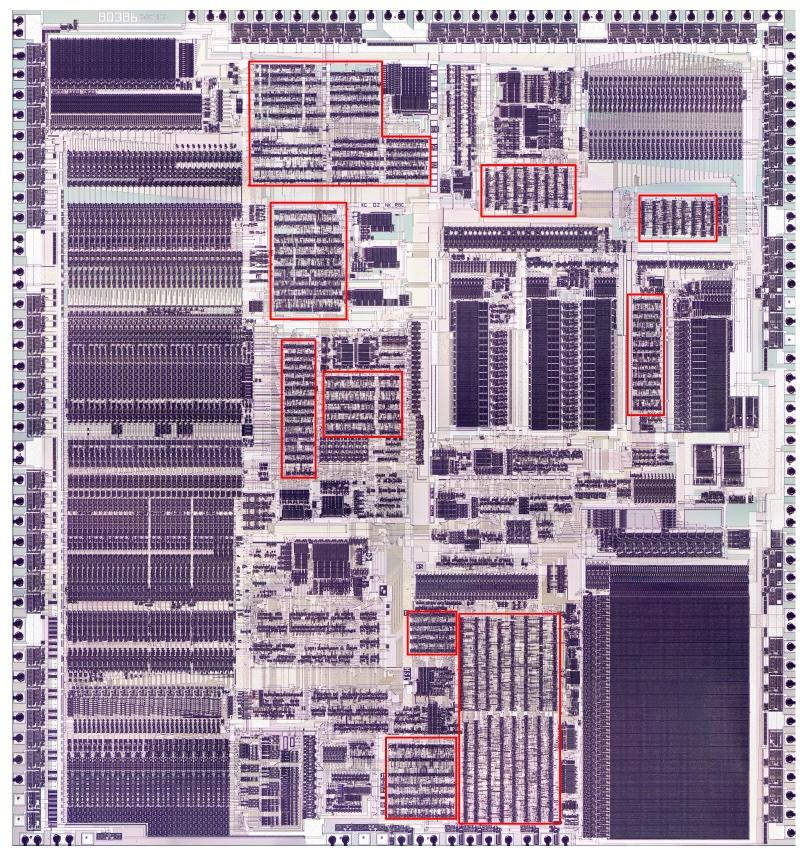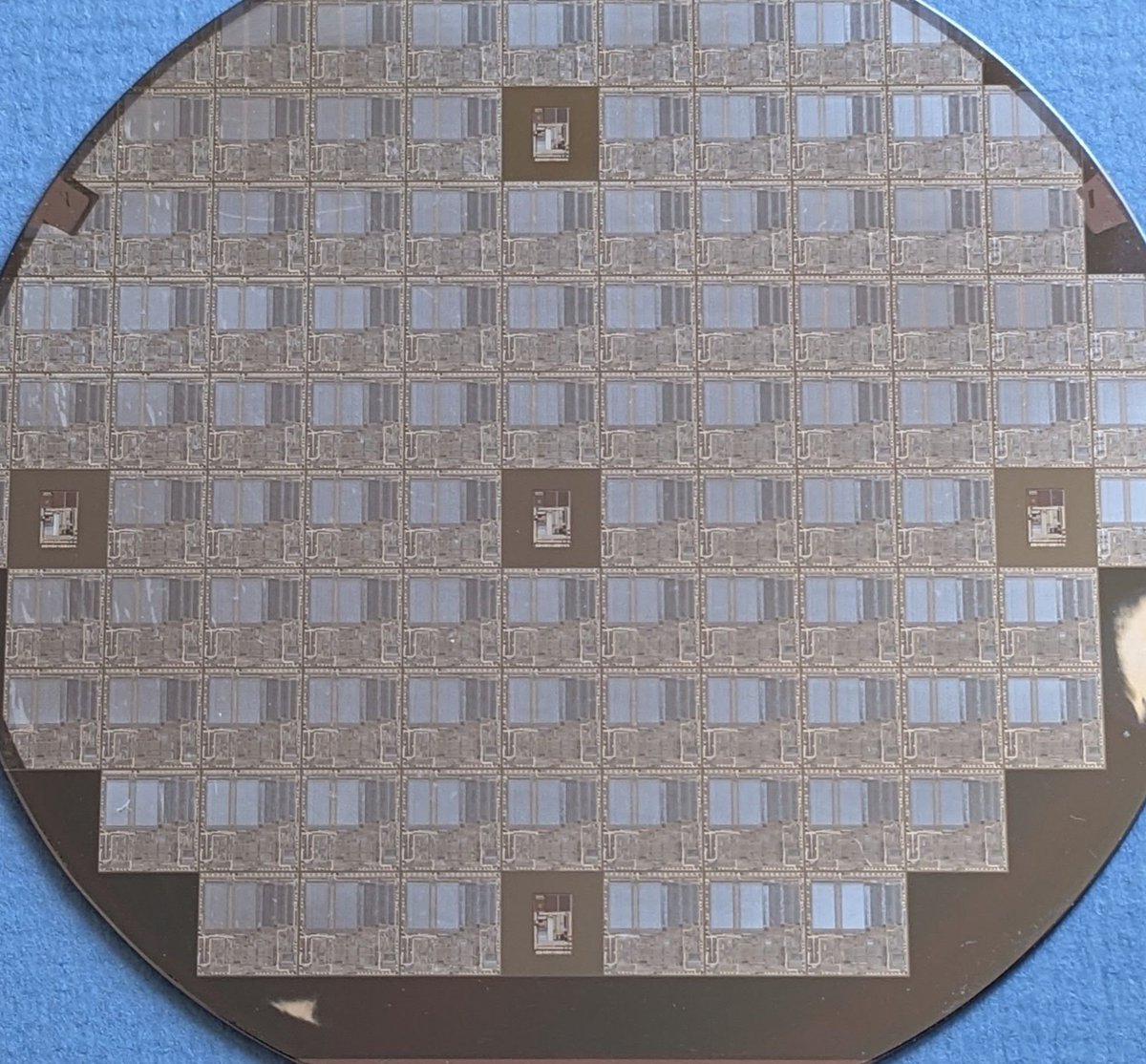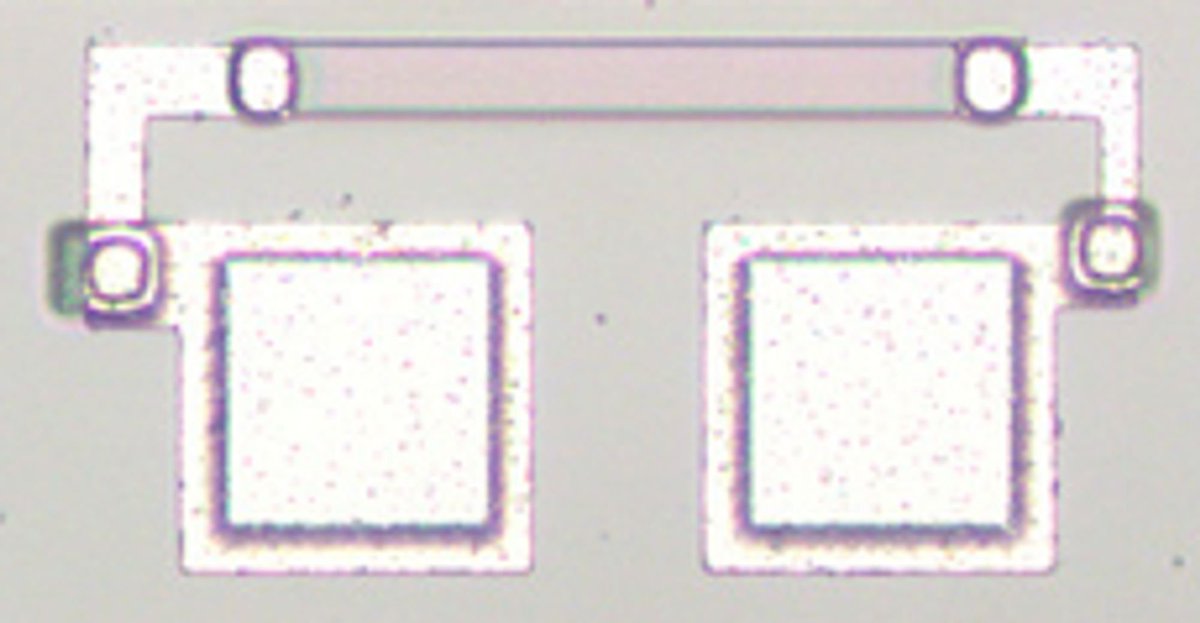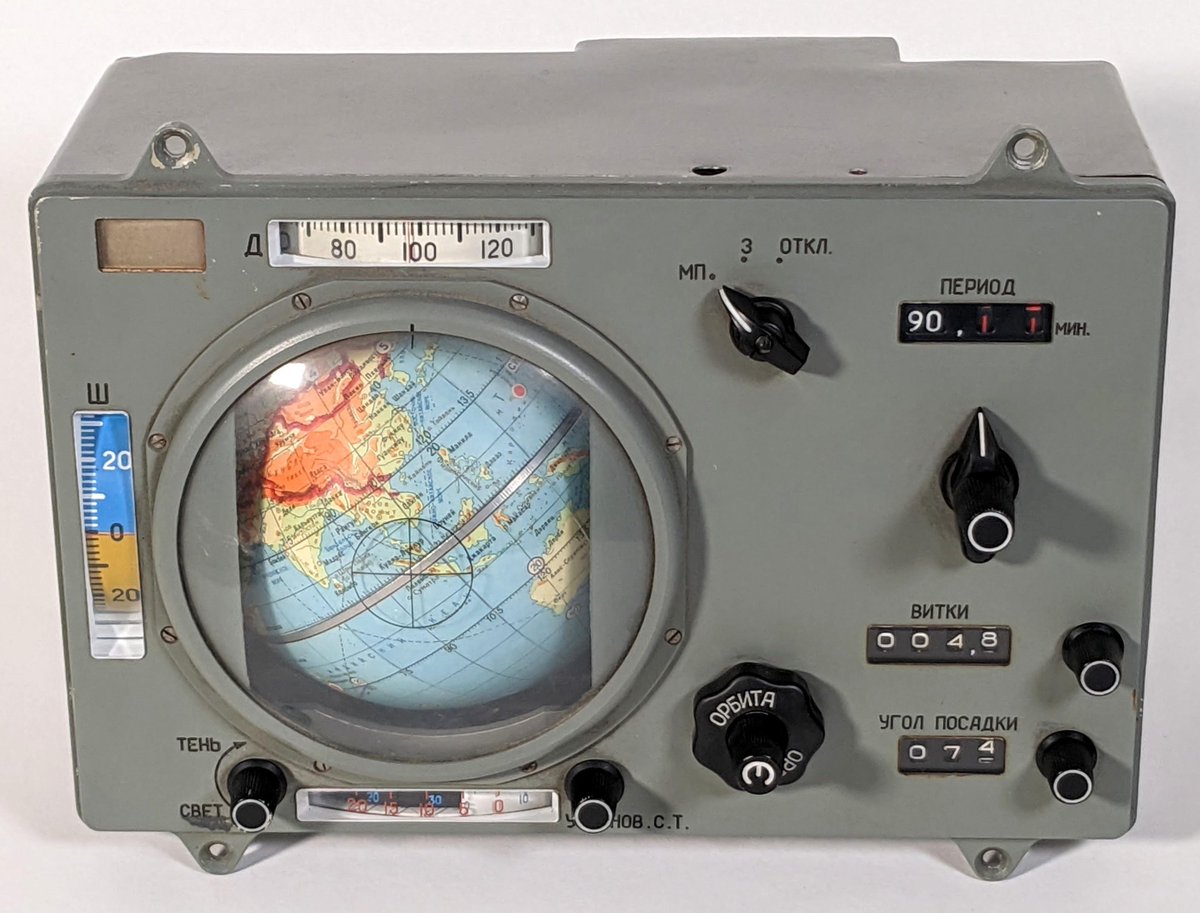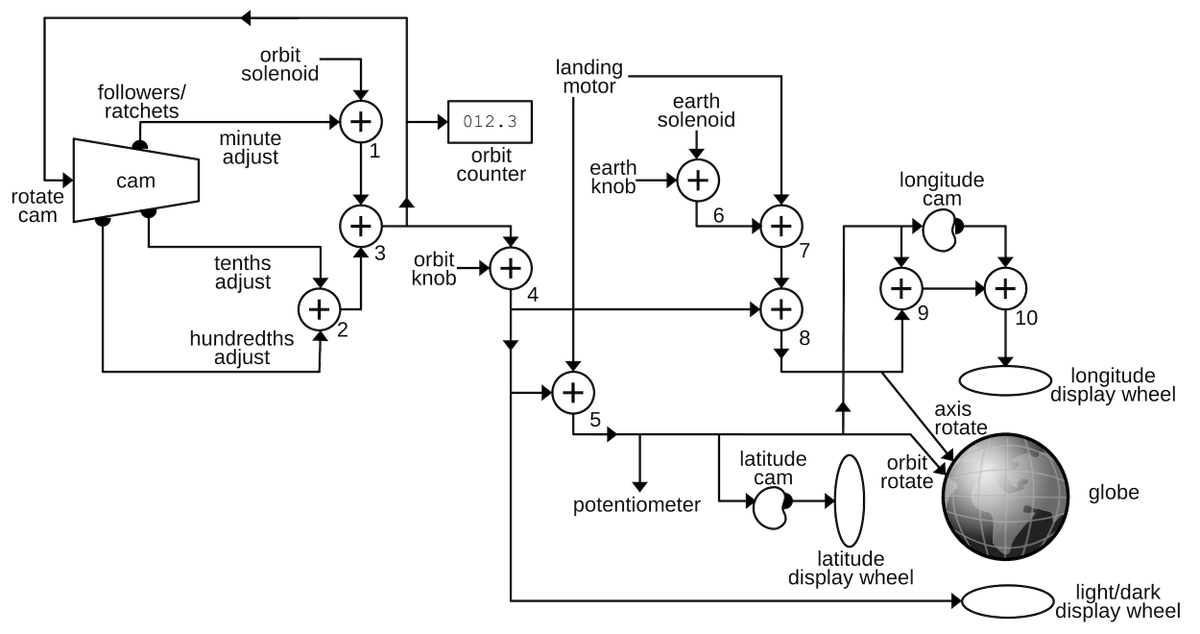Ethernet was invented at Xerox Parc in 1973 and became the most popular way to wire computers into a network. AMD made the LANCE chip in 1982, containing most of the interface circuitry. I made a die photo of the chip. 1/11 

• • •
Missing some Tweet in this thread? You can try to
force a refresh


